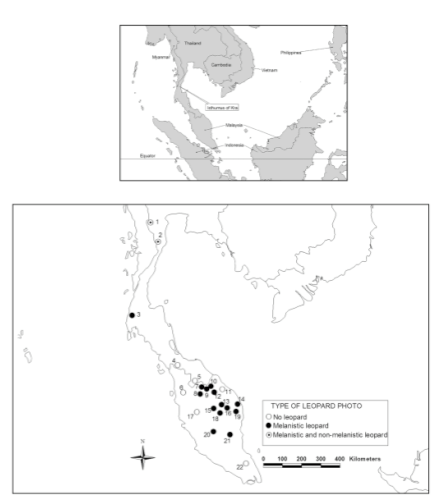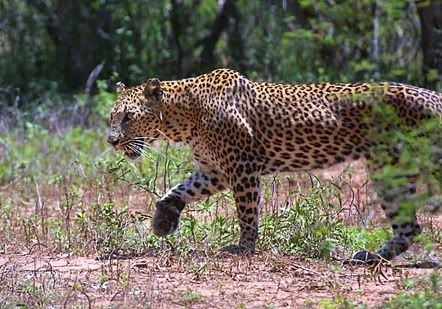Monday, November 8, 2010
Shadow of Bagheera--the black leopards of the Malay Peninsula
Friday, September 17, 2010
Different lions react in different ways to territorial intrusions.
Thursday, September 16, 2010
Updates!
Thursday, May 20, 2010
No real content, but here's a joke:
Thursday, May 6, 2010
"No vestige of a beginning, no prospect of an end..."
Sunday, May 2, 2010
Suchomimus (Baryonyx?) tenerensis manual ungual I description attempt.
 So, having read that describing a bone is one of the best ways to learn its features well, this is something I wrote up last night. Obviously it's a cast, but it's a very well done cast, so most of the features I describe should be in the real bone.
So, having read that describing a bone is one of the best ways to learn its features well, this is something I wrote up last night. Obviously it's a cast, but it's a very well done cast, so most of the features I describe should be in the real bone.A deep groove extends from the dorsomedial margin of the flexor tubercle, terminating just posterior to the missing distal tip. At its inception, this groove is placed in the lower 1/3 of the dorso-ventral complex, a form maintained for 3/4 of the claw’s curvature. However, this placement rapidly migrates dorsally at the 3/4 point until it reaches the top 1/3 of the bone. The groove reaches its maximum width halfway through the claw’s total length. A similar groove can be found on the lateral side of the claw. However, this groove is much deeper, a feature that may also be in part due to erosion of the medial surface. The lateral groove differs substantially from the medial one in that it thins radically to a ‘crack-like’ form 3/4 of the way through the medial groove’s duration.
Friday, April 23, 2010
The problem with interpreting trackways--redux.

I want you to imagine for a moment that you are a wildlife photographer observing a waterhole in the Serengeti. The waterhole is positioned roughly 50 feet from the open plains. Much of the pool is surrounded by a thick belt of vegetation, with the exception of a 15 foot stretch of soft muddy shoreline. Given that this is the only water source in several miles, you tentatively assume that it would be a good place to capture photos of the various creatures native to the area.



















